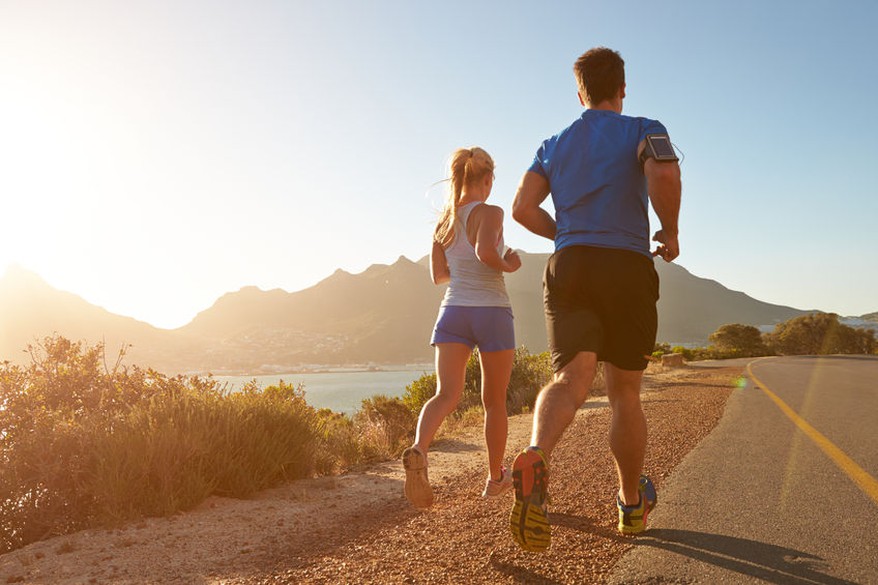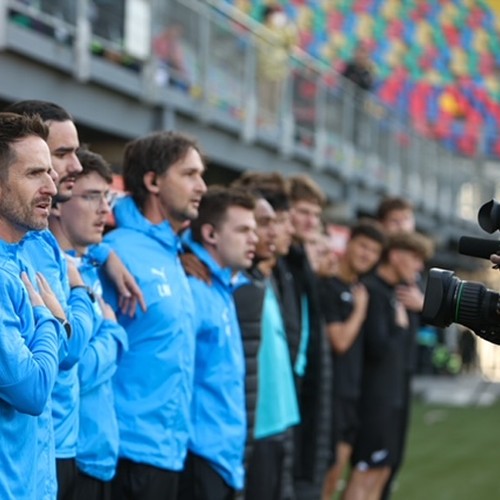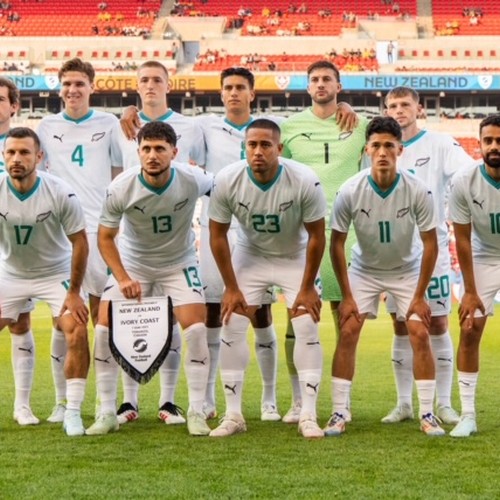Running - Shin Splints
Wed Dec. 14th 2016
Whether you're just starting out or training for a marathon, there's nothing more upsetting than suffering from a running injury. It can sabotage even the best-laid fitness plans and set your training back weeks or even months.
Injuries are particularly common among new runners whose bodies aren't used to the repetitive load and forces of running.
The good news is most injuries can be prevented if you take the right precautions. Improving your running technique, incorporating core and strength training into your routine along with regular stretching all help.
Here is one of the most common injuries and how to avoid it so you don't run into trouble.
1. Shin splints
Shin splints are caused by too much stress being put on the tibia (shin bone) when the body cannot adequately absorb the force is not given enough time to repair itself after a workout. This inflames the muscles and tendons covering the bone.
Symptoms
- Generalized pain or tenderness along the shinbone.
- A pain that develops during exercise.
- Poor biomechanics: Biomechanics refers to the way your body is moving, including how your muscles, bones, tendons and ligaments all work together to produce movement.
- Over striding: Stride length refers to the amount of ground you cover in one step. While everybody's stride is different, in general, over striding means you're going beyond your optimal stride length.
- Tight muscles.
Prevention
- Start off slowly and increase the volume and intensity of your runs gradually.
- Work on improving your running technique.
- Strengthen calves.
- Stretch calves, Achilles & front of leg.
- Strengthen and improve stability in the hips.
If you already have the symptoms of this injury it is recommended that you rest from running and any exercise that aggravates your pain until you see an improvement.
Remember all injuries and individuals are different so dependent on your injury and severity seeing a health professional and having your injury diagnosed and treated is recommended.






